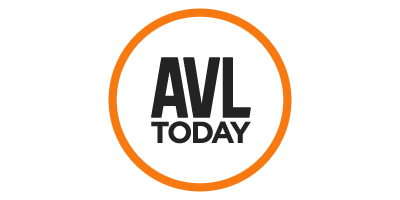Cast your mind back to 2015. “Uptown Funk” by Bruno Mars topped the charts, avocado toast entered our lexicon, MG Road partied downtown — times have changed, and so has Asheville. Its population, cost of living, and needs have evolved, and since its Affordable Housing Plan was last updated in the year of the hoverboard, it’s time for that to evolve too.
At the end of last month, the City of Asheville’s Community & Economic Development Department shared a presentation and its draft recommendations for the new Affordable Housing Plan. The updated plan will guide priorities, policies, and strategies over the next 10 years.
Preliminary priorities and policies
So let’s look at what the next decade may hold. The draft includes almost 40 preliminary recommendations, which fall under four themes:
- Prioritize supporting long-term affordability, deeper affordability, accessibility design choices, and the creation + preservation of quality affordable housing across the city.
- Advance racial equity by addressing the racial homeownership gap, eliminating housing-related racial disparities, and utilizing racial equity assessments for policymaking.
- Protect against physical, cultural, economic, and environmental displacement.
- Use data to inform the target for prioritizing investments.
Specific recommendations for both renters and homeowners are organized into five high-level goals, like increasing the supply of housing that meets residents’ needs and promoting policies + resources that help residents stay and thrive in Asheville.
The draft recommends strategies like increasing renter protections and acceptance of rental assistance, creating a centralized affordable housing waitlist and application portal, reducing regulatory barriers and increasing incentives to increase housing supply, and supporting policy initiatives to diversify housing choices.
Participate in the plan
But before the final draft is presented to the City Council in May, they need to hear from you.
The survey includes broad comments on the four themes and five goals, then asks you for the recommended strategies under each section you would prioritize over the next three years. Submit your input on the draft by Sunday, April 14.











